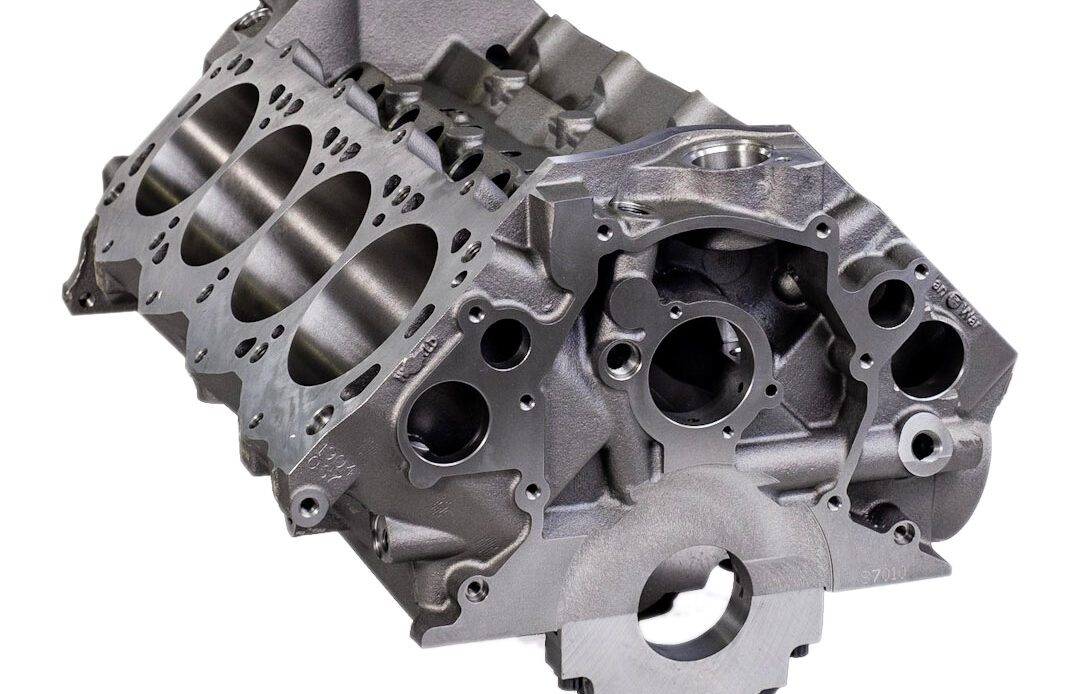World has added extra material to the Man O’ War’s already thicker-than-stock main webs. The front web is now .080-inch thicker and the center three are increased by .030-inch over the previous version.
In a current project on EngineLabs, editor Greg Acosta is pushing his stock block beyond accepted horsepower limits with a supercharger. Dubbed the “Retro 5.0” since it’s a ’90s-vintage engine with a modern twist, he is maintaining the stock displacement in order to maximize the stock block’s rigidity and strength. We only hope the “twist” is not an actual event inside the block.
Stock Blocks
For years, internet forums and 5.0 enthusiasts have espoused that SBF blocks will split if you push them past the 500-horsepower mark. We’ve previously written about that limit and its validity, and feel there is enough credible testing to at least attempt to exceed that mark with an OEM block.

While EngineLabs editor Greg Acosta is using a stock block that is in pretty good shape for his project, there are still concerns over longevity. Stock Ford small-blocks suffer from notoriously weak main webs, which is why World concentrated on beefing up this area on the Man O’ War.
Myths aside, the 8.2-inch deck 302 block is getting harder to come by in good condition. Things like core shift and the thin-wall castings inherent in these blocks mean that any oversized bore is sketchy for certain applications. A block bored .060-inch over may not allow for enough material between the cylinders and thus be more prone to cracking. Bolt on a power adder such as a supercharger or turbo, and the likelihood of cracking increases exponentially.
I think it’s a combination of things causing failures [with the OE block],” — Jack McInnis, World Products
“They’re grey-iron, typical production castings, which are nowhere near as strong. And then the webs are thinner; they’re thin-wall castings all-around by design. In the front web, a big oil passage goes horizontally across. That thins out the front web between the mains and the cam. I think that area is frequently where [cracking] starts. And then it just propagates right through the whole thing.”
Click Here to Read the Full Original Article at DragzineDragzine…

